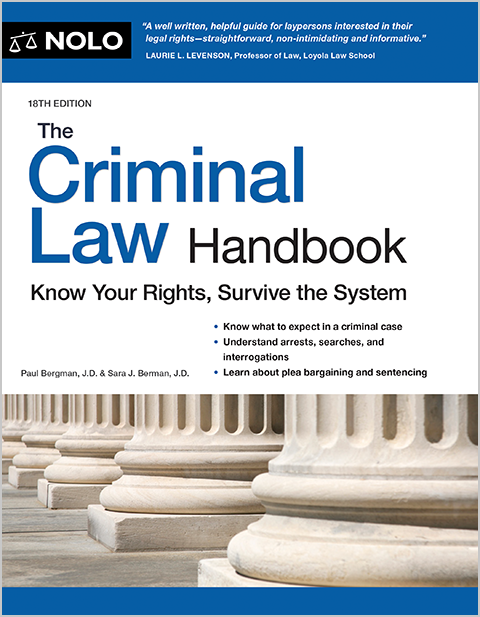If you have a disability rating of 50% or more, you may be able to collect your full retirement and disability compensation.
If you're a military retiree who is also a disabled veteran, you have to decide whether you want to receive VA disability pay or military retirement—even though you're eligible for both benefits. But a program called Concurrent Retirement and Disability Pay (CRDP) allows qualifying veterans to receive most (or all) of their retirement and disability payments at the same time.
What Is CRDP?
Military retirement is paid from the Department of Defense, while disability compensation comes from the Department of Veterans Affairs. According to federal regulations, if you can get both types of benefits, you'll have the amount of military retirement you're owed deducted from any disability payments you'll get from the VA. This is called the "VA waiver" or "VA offset."
Congress created the CRDP program in order to help veterans recover (or "restore") some or all of the military retirement pay they waived in order to receive their disability benefits. Veterans who qualify for CRDP can receive concurrent VA disability and military retirement.
Who Is Eligible for CRDP?
You may be entitled to CRDP pay if you're a qualifying military retiree with a service-connected disability rated at 50% or higher.
Qualifying Military Retiree
Veterans who meet the following service requirements may establish eligibility for CRDP:
- You retired after 20 or more years of service.
- You medically retired because of a disability (also known as Chapter 61 retirement).
- You retired with over 15, but less than 20, years of service between 1993-2001 under the Temporary Early Retirement Authority (TERA).
- You reached retirement age—typically 60—after serving in the National Guard and Reserve for at least 20 years.
Once you've met the length of service requirements, you'll then need to show that you have a service-connected disability.
Service-Connected Disability
A service-connected disability is a health condition that started, worsened, or resulted from another condition that was caused by your time on active duty. The VA assigns each disability a percentage rating based on how severe the condition is. You can qualify for the CRDP program if you have a VA disability rating of 50% or more.
Calculating Your CRDP Pay
Because CRDP is a restoration of your reduced retirement pay, the program will pay you up to the amount of your waived military retirement pay or your total retirement pay—whichever is less.
If you were medically retired and your retirement pay is based on your percentage of service-connected disability, your CRDP benefit can't restore your pay to more than your total retirement pay would have been if it was calculated based on your years of service.
You can find a table of CRDP payments at the Department of Defense webpage about concurrent retirement and disability benefits. Several military compensation calculators are available to help you estimate the amount of pay you'll receive. (Keep in mind that just like military retirement, CRDP pay isn't protected from claims for child support, alimony, garnishment, IRS actions, or other creditors.)
Retroactive CRDP Benefits
Because the CRDP program has been phased in over a ten-year period with payments increasing each year, some disabled veterans might be eligible for a retroactive CRDP benefit. Your retroactive payment date can be your date of retirement or when your disability became rated at 50% or higher, but it can't be any earlier than January 1, 2004.
If the Defense Finance and Accounting Service (DFAS) finds that they owe you retroactive retirement payments, the agency will issue you a lump-sum check. If DFAS believes the VA owes you retroactive disability compensation benefits, the agency will notify the VA and the VA will be responsible for issuing the check.
How Do I Apply for CRDP Benefits?
You don't need to do anything special in order to get CRDP benefits. DFAS will automatically add CRDP benefits to your check if you are eligible. If you aren't receiving these benefits and believe you are entitled to them, contact DFAS at 888-332-7411 or your branch of the military service.
- ARMY. U.S. Army Human Resources Command at 866-281-3254.
- NAVY AND MARINE CORPS. Naval Council of Personnel Boards at 877-366-2772.
- AIR FORCE. United States Air Force Personnel Center at 800-616-3775.
As the military branch that falls under the Department of Homeland Security, the Coast Guard doesn't use DFAS because it's not part of the Department of Defense. If you served in the Coast Guard and want to ask about your eligibility for CRDP, call 866-772-8724.
If you're eligible for CRDP as well as another, related program called combat-related special compensation, you can only receive benefits under one of the programs. For more information about veterans disability benefits more generally, including current SMC-S pay rates, see our articles about benefits for disabled veterans.
Talk to a Lawyer
Need a lawyer? Start here.
How it Works
- Briefly tell us about your case
- Provide your contact information
- Choose attorneys to contact you
- Briefly tell us about your case
- Provide your contact information
- Choose attorneys to contact you

